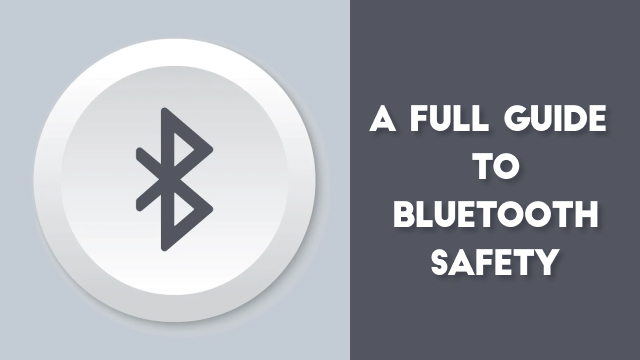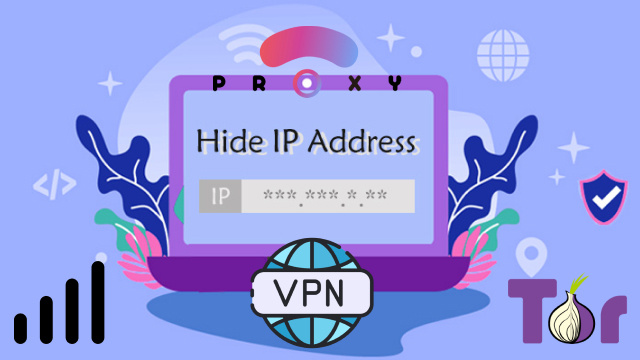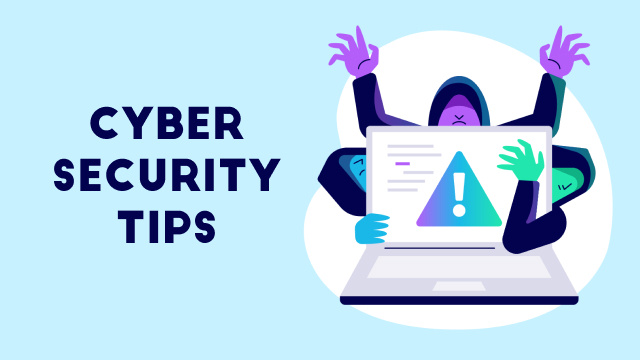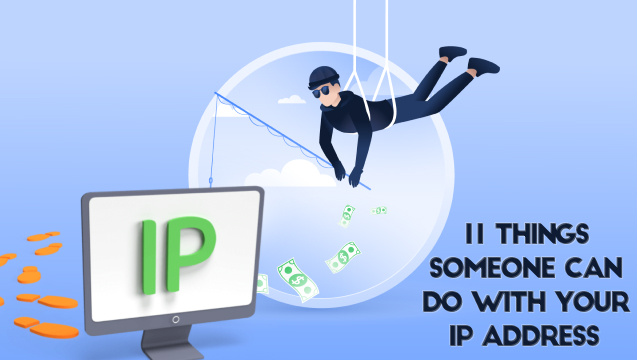Cybersecurity and Internet Protection
How Secure is Bluetooth? A Full Guide to Bluetooth Safety
Introduction to Bluetooth Technology and Its Popularity Bluetooth technology is a wireless communication protocol that enables devices to connect and share data over short distances.…
Hide Your IP Address with a VPN, Proxy, Tor or Mobile Network
Protecting Your Privacy: How to Hide Your IP Address In today's digital world, protecting your privacy is crucial, and one effective way to do so…
Everything to Know About Phone Number Spoofing
What is Phone Number Spoofing? Phone number spoofing is a technique that allows scammers to disguise their identity by displaying a fake caller ID on…
Keep your software and devices up-to-date Keeping your software and devices up-to-date is crucial for maintaining your cybersecurity. Regularly updating your software and devices can…
4 Reasons You Should Use a VPN When Shopping Online
Here we are talking about the 4 reasons you should use the VPN when shopping online. So, you are thinking about using a VPN, but…
11 Things Someone Can Do With Your IP Address
IP Address Tracking: How Your Online Activities Can Be Monitored Are you aware that your online activities can be monitored through your IP address? IP…
What is Virtual Network Computing (VNC)?
What is VNC? Virtual Network Computing (VNC) visual desktop sharing system utilizes a protocol to control another computer remotely. The VNC displays the desktop of…
What is packet sniffing and how can you avoid it?
With online surveillance on the rise, there’s a possibility that someone could be tracking your internet activities without your permission. Today, internet surveillance has become…







